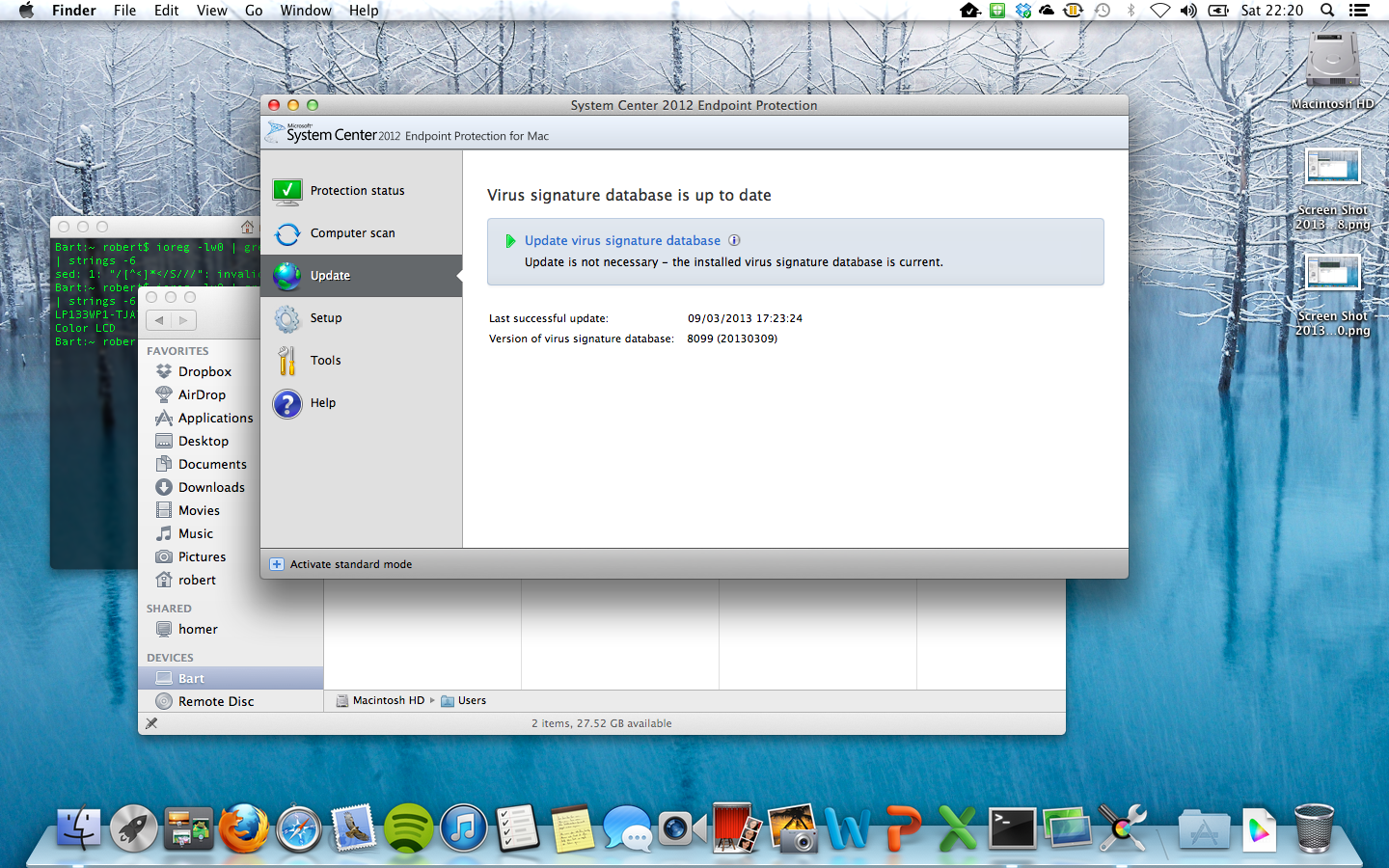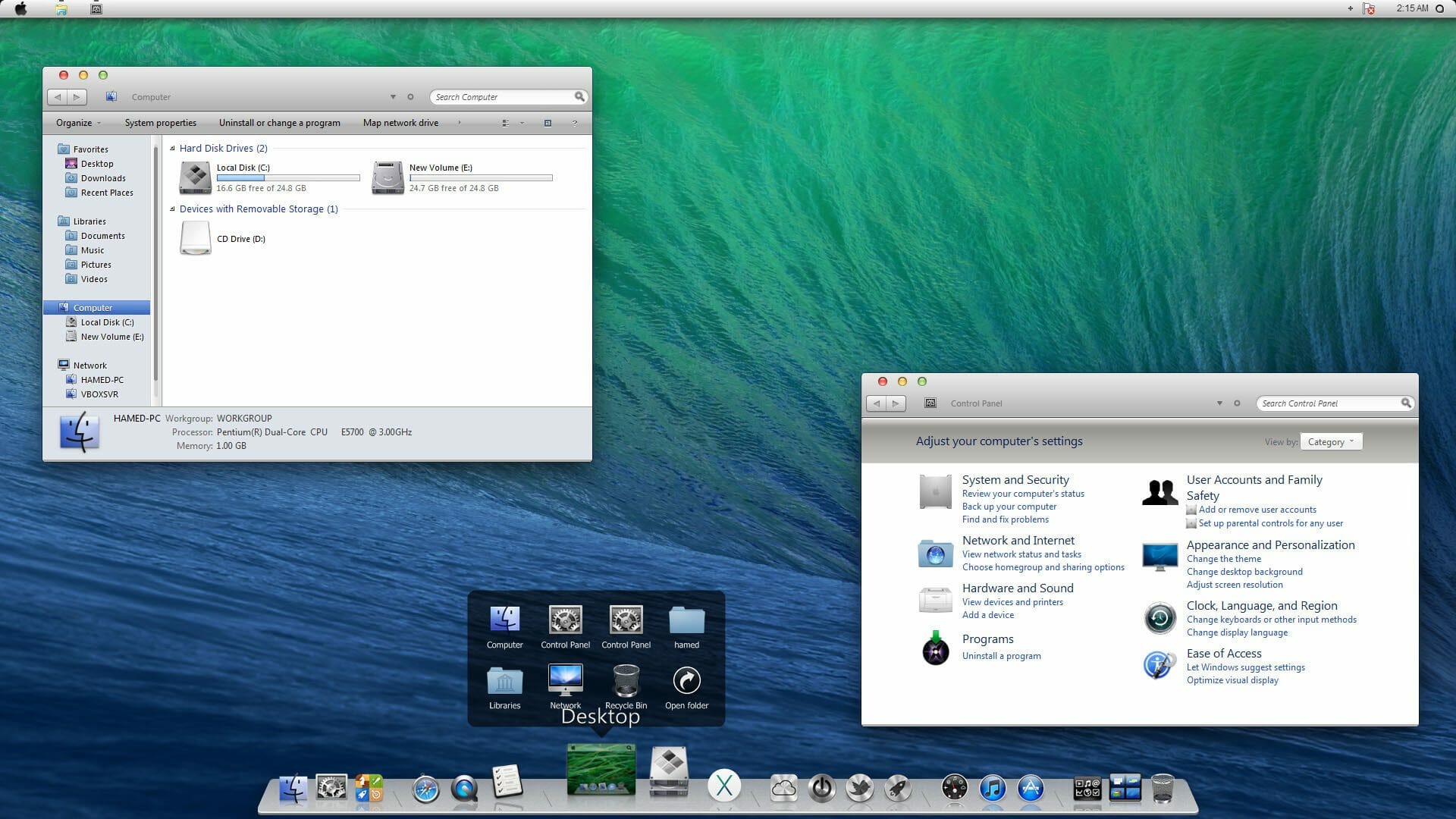

Osx free memory code#
When a program’s code accesses an address in memory, the MMU uses the page table to translate the specified logical address into the actual hardware memory address. The processor and its memory management unit (MMU) maintain a page table to map pages in the program’s logical address space to hardware addresses in the computer’s RAM. The virtual memory manager creates a logical address space (or “ virtual” address space) for each process and divides it up into uniformly-sized chunks of memory called pages. Virtual memory allows an operating system to escape the limitations of physical RAM. For more detailed information on how the virtual memory system works, see Kernel Programming Guide. The following sections introduce terminology and provide a brief overview of the virtual memory system used in both OS X and iOS. Instead, it uses all of the available space on the machine’s boot partition. Note: Unlike most UNIX-based operating systems, OS X does not use a preallocated disk partition for the backing store. Applications that fail to free up enough memory are terminated. Instead, if the amount of free memory drops below a certain threshold, the system asks the running applications to free up memory voluntarily to make room for new data. Writable data is never removed from memory by the operating system. In iPhone applications, read-only data that is already on the disk (such as code pages) is simply removed from memory and reloaded from disk as needed. The portion of the disk that stores the unused data is known as the backing store because it provides the backup storage for main memory.Īlthough OS X supports a backing store, iOS does not. As memory gets full, sections of memory that are not being used are written to disk to make room for data that is needed now. To give processes access to their entire 4 gigabyte or 18 exabyte address space, OS X uses the hard disk to hold data that is not currently in use. Even for computers that have 4 or more gigabytes of RAM available, the system rarely dedicates this much RAM to a single process. In addition, OS X provides approximately 18 exabytes of addressable space for 64-bit processes. Both systems also provide up to 4 gigabytes of addressable space per 32-bit process. In order to properly tune your code though, you need to understand something about how the underlying system manages memory.īoth OS X and iOS include a fully-integrated virtual memory system that you cannot turn off it is always on. Minimizing memory usage not only decreases your application’s memory footprint, it can also reduce the amount of CPU time it consumes. Also, if your system goes slow, use the methods mentioned above to find out the RAM-eater apps and kill them.Next Previous About the Virtual Memory SystemĮfficient memory management is an important aspect of writing high performance code in both OS X and iOS.
Osx free memory mac#
You can avoid slowing down your Mac by not using applications that consume a greater amount of memory. The amount and performance of the RAM have a lot to do with how your system performs, be it Mac.

You can get the RAM Cache information and Hyper-Threading Technology status along with the processor information with this profile command.

The system profiler can show detailed information of the RAM with the following command:
Osx free memory serial number#
If you want the serial number and relevant information about the RAM used in mac, you can use the system profiler hardware Type command.
Osx free memory how to#
Terminal command:Īlso read: How to Skip Login Screen on Mac Get Mac RAM Serial Number and Cache Size

You can get the low-level details with the command and the exact system memory size. System_profiler SPHardwareDataType | grep "Memory:"


 0 kommentar(er)
0 kommentar(er)
